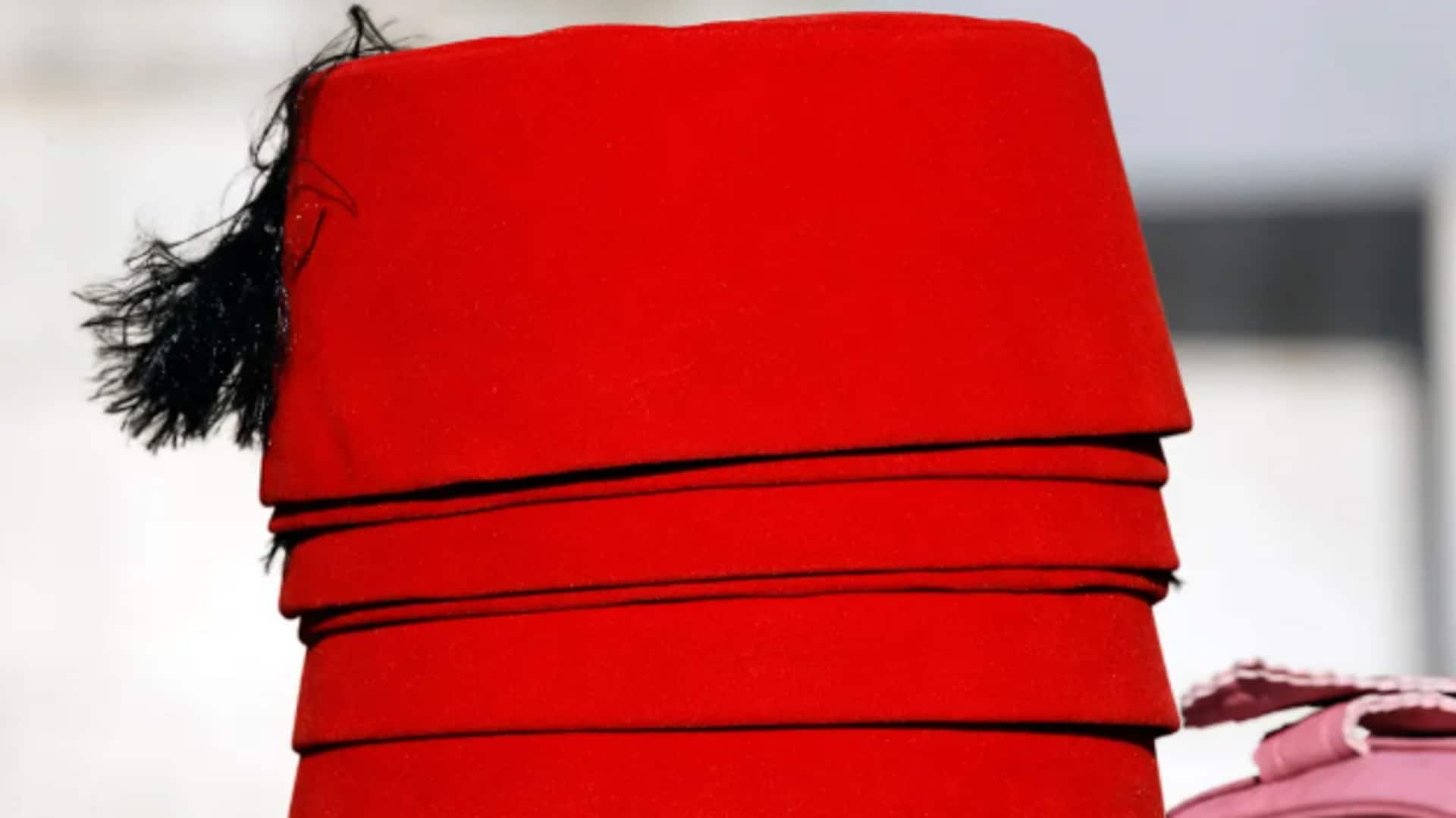The Turkish fez, historically a symbol of Ottoman identity, has evolved beyond its origins to become a versatile accessory in the realm of contemporary fashion . This article delves into the fez's transformation from traditional headwear to a modern fashion statement. It provides insights into its lasting appeal and offers practical tips for integrating it into today's wardrobe styles.
Historical significance The fez, originating from the city of Fez in Morocco , became a staple in the Ottoman Empire during the 19th century. Sultan Mahmud II, aiming for modernity and reform, incorporated it into official attire. Although it has shed its political significance, today's fez still stirs nostalgia and cultural pride, remaining a symbol of its rich heritage.

A modern twist In the realm of modern fashion, the fez is lauded for its distinctive shape and vivid hues. Fashion designers creatively adapt it, utilizing various materials and decorative details, making it apt for a wide range of events. Its appeal is not limited by gender, inviting both men and women to explore and incorporate this emblematic accessory into their personal style narratives.
Styling your fez To seamlessly incorporate a fez into contemporary settings without appearing costumed, opt for minimalist outfits. Envision wearing monochromatic ensembles or outfits with simple lines, allowing the fez to serve as a distinctive accent piece. For formal occasions, selecting a velvet or silk fez, embellished with understat.
















